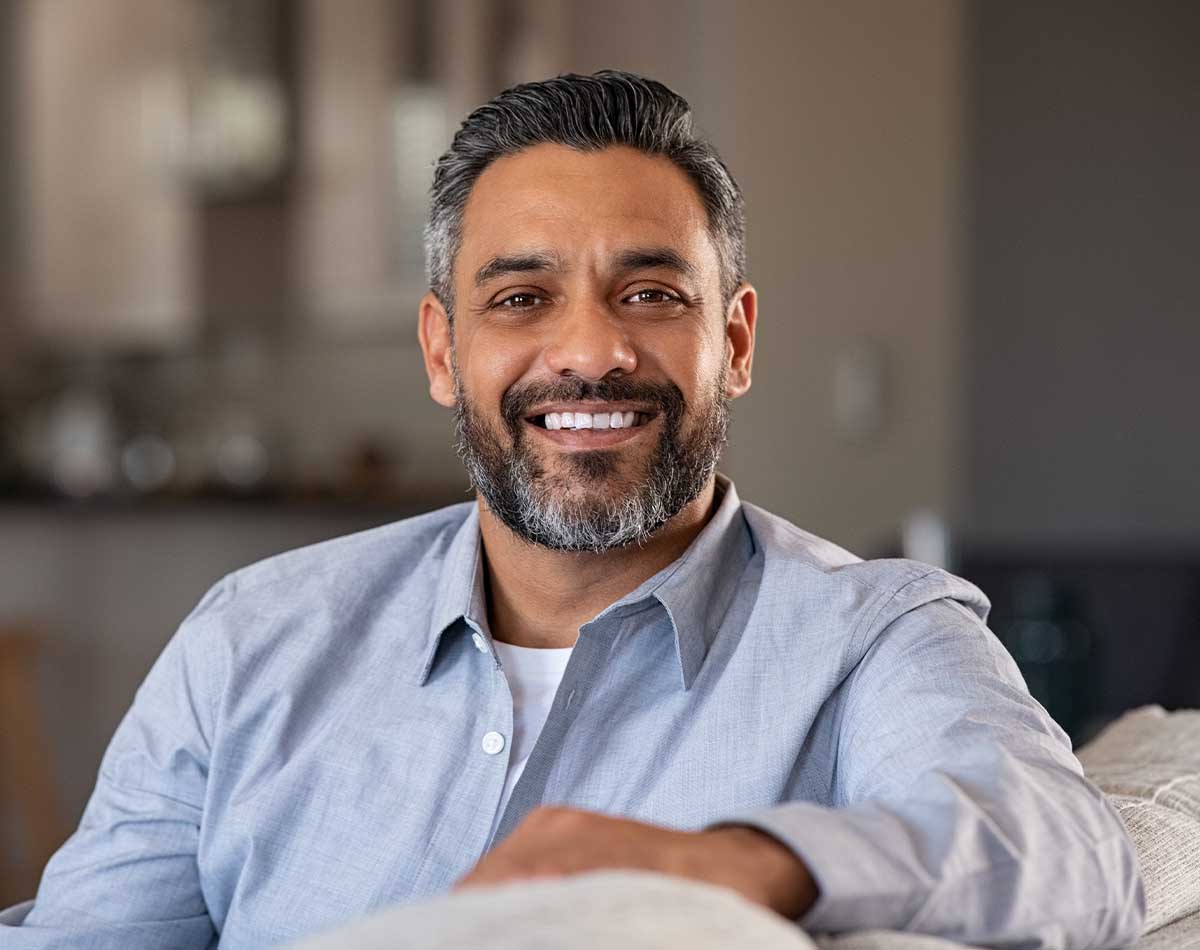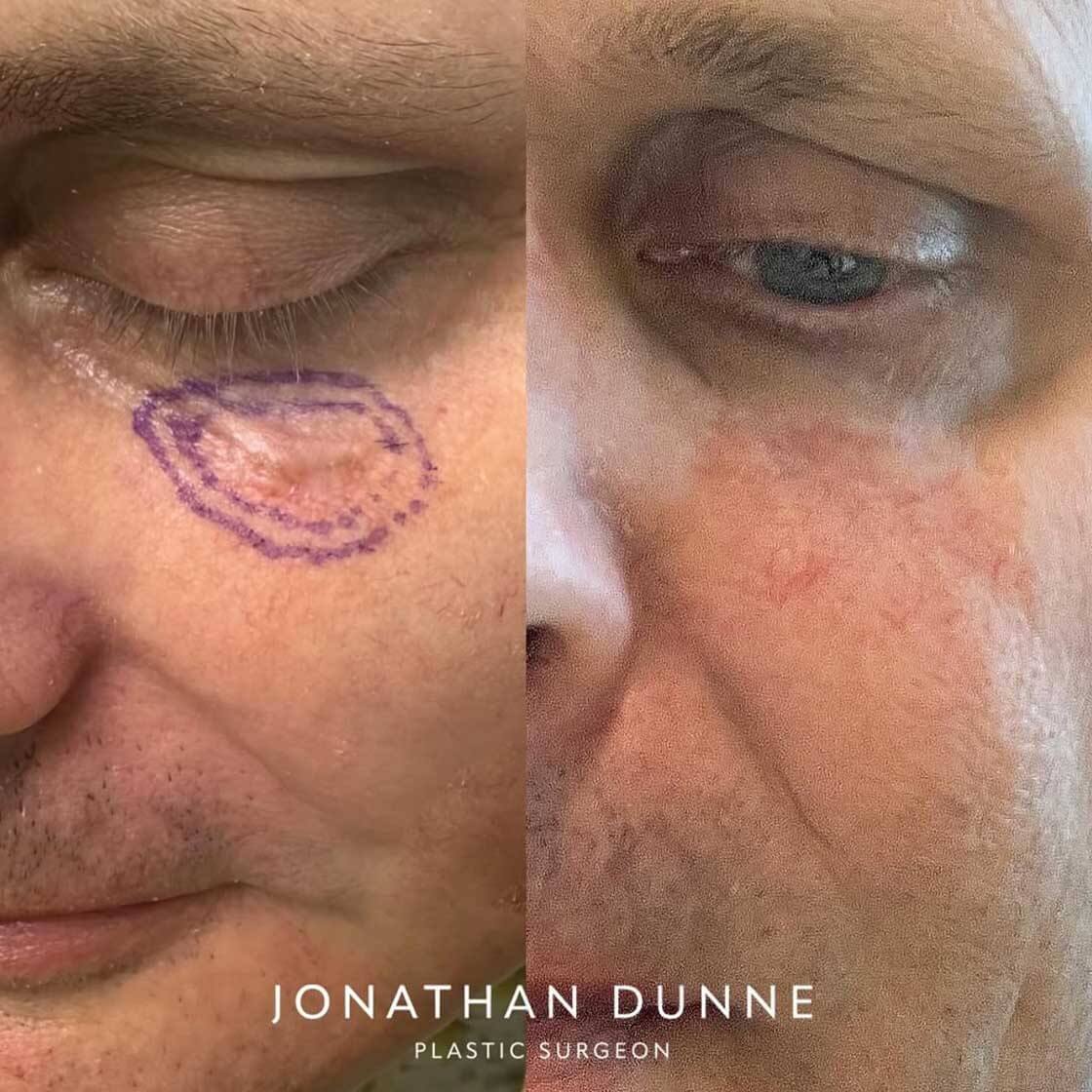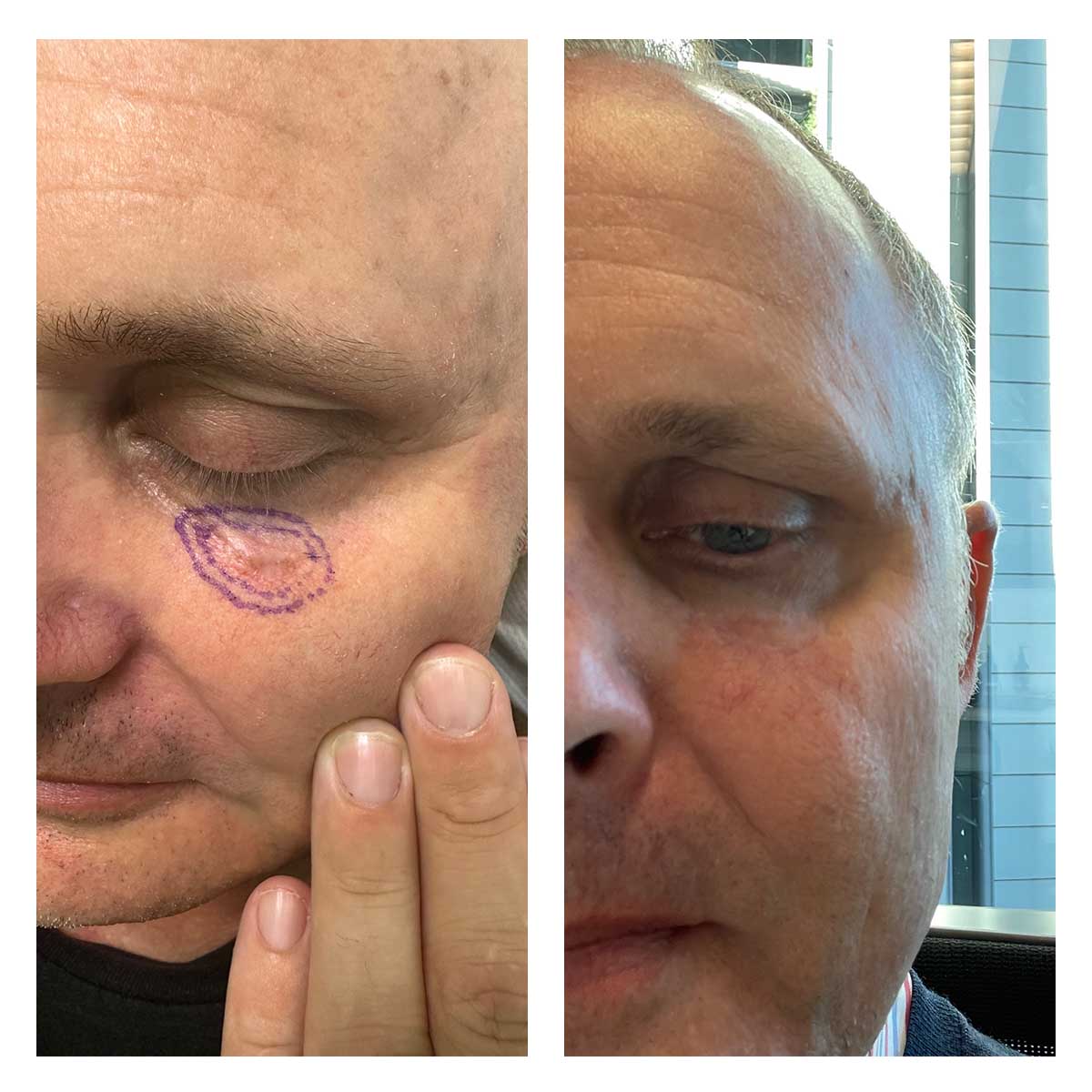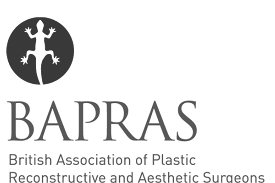-
What is eyelid reconstruction surgery?
Eyelid reconstruction surgery is a procedure aimed at restoring the functionality and aesthetic appearance of the eyelid, typically after skin cancer removal. It may involve the reconstruction and repair of the eyelid tissues, including the skin, internal structure (tarsal plate), conjunctival (inner) lining and canthal ligaments (supporting structures).
-
Who is eyelid reconstruction surgery suitable for?
Eyelid reconstruction surgery is typically performed after skin cancer excision, including after Mohs Surgery. Occasionally it may be required after trauma, head and neck cancer or congenital abnormalities. This surgery is especially suitable for those who have had partial or full thickness removal of the eyelid due to skin cancer. You’ll have a consultation with Jonathan beforehand to have your individual suitability for the procedure considered.
-
What happens at the first appointment?
During your first appointment for eyelid reconstruction surgery, Jonathan will take a tailored and meticulous approach to understanding your specific needs and possible issues. He’ll evaluate your overall eye health, the extent of the potential defect and any underlying medical conditions that may affect any surgical plan. It will be an opportunity for you to ask any questions or express any concerns.
-
How painful is eyelid reconstruction surgery?
To ensure you remain comfortable and pain-free throughout the procedure, local anaesthetic will be administered to numb the area around your eyes, in addition to local anaesthetic drops to the eye itself. In some cases, general anesthetic may be used. After the surgery you may experience some discomfort or mild pain in the treated area. However, this can usually be managed with over-the-counter pain medications, and occasionally with prescribed medication.
-
How long does the procedure take?
Eyelid reconstruction surgery can take anywhere from 30 minutes to two hours. This depends on the extent of the reconstruction. Eyelid reconstruction surgery can be performed as an outpatient procedure in many cases.
-
What results can I expect from eyelid reconstruction surgery?
The primary goal of eyelid reconstruction surgery is to correct functional issues and restore the shape and cosmesis of the eyelid. Achieving eyelid closure is essential to protect the eye itself. It may be that the operation is staged if the reconstruction is complex, requiring two (or more) operations.
-
Are there any risks?
Like any surgical procedure, eyelid reconstruction carries certain risks. Bruising, swelling, bleeding and double vision may occur after surgery. Concerns tend to reduce by two weeks, however the final appearances and scar maturation continue for 12 months. You will have a thorough discussion with Jonathan about the potential risks and complications associated with the procedure when you have your consultation with him.
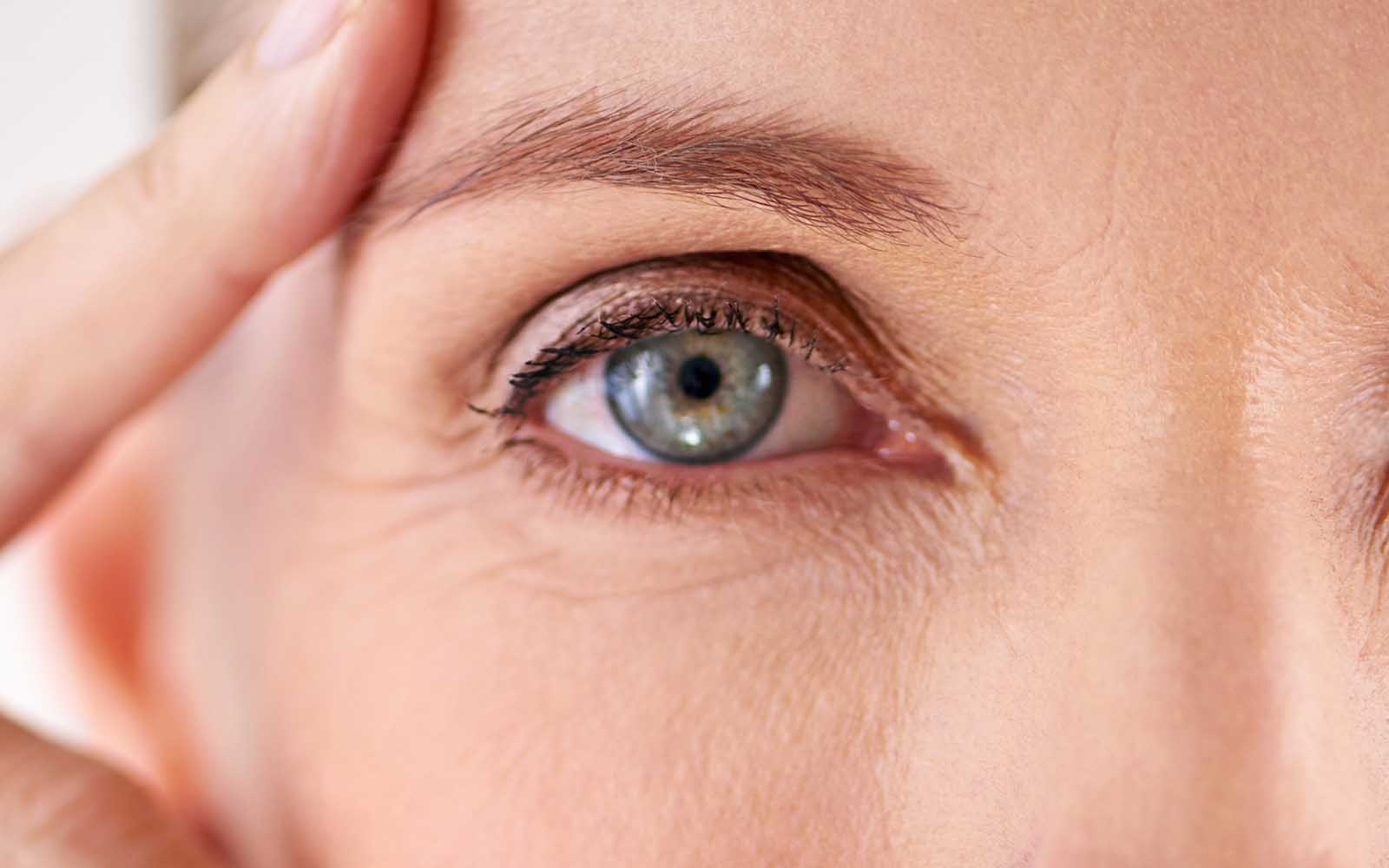
Eyelid Reconstruction
Face Reconstruction
The eyelids play a crucial role in both function and aesthetics. The eyelid is a common location for surgical removal of skin cancer, and is therefore a frequent site needing reconstruction. The key components of reconstruction are to facilitate closure and prevent injury to the eye itself, while restoring shape, integrity and cosmesis. Many factors must be considered, including the width and thickness of the eyelid wound needing reconstruction
What happens during eyelid reconstruction surgery?
During the surgery, various techniques including local flaps and skin or conjunctival (eyelid lining) grafts may be used to reconstruct the eyelids. Local flaps involve the use of adjacent healthy tissues, and may be from the opposing eyelid, the same eyelid, or adjacent areas such as the temple. This technique allows for a natural-looking reconstruction as the tissue used is similar in colour and thickness to the surrounding eyelid. Grafts involve taking a piece of tissue from another part of the body, such as around the ear, and transplanting it to the eyelid.
Grafts to restore the structure (tarsal plate) of the eyelid may be taken from the upper eyelid or septum of the nose, while the conjunctival lining of the eyelid may be restored taking similar tissue from the opposing eyelid, lining of the nose or mouth.
Faqs | Eyelid Reconstruction
“I would certainly recommend Jonathan – he was so gentle and kind aswell as an amazing doctor. I was seen two days after contacting the when I had my biopsy. Five days after that, I had my procedure. Then several weeks of follow up checkups. The clinic was lovely, great location.”
Client Review


